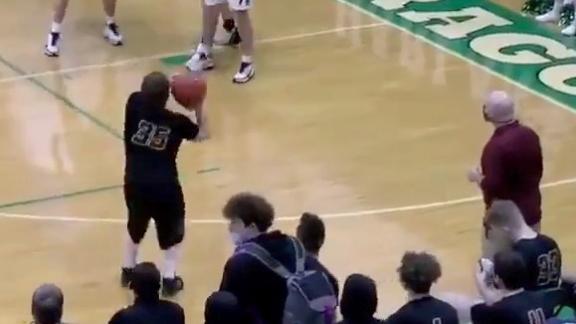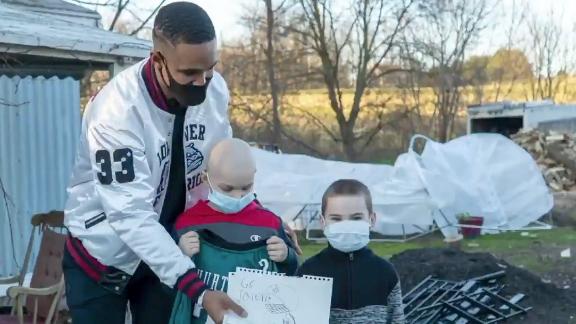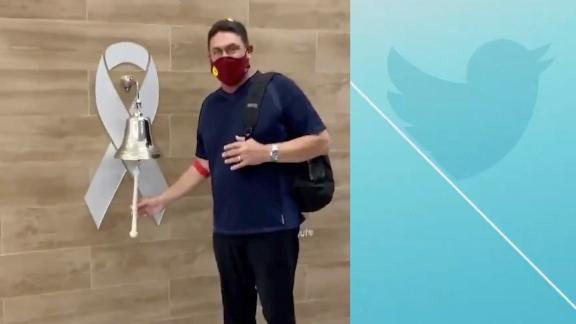While the bubbles just burst for teams left out of the field for the NCAA basketball tournaments, there are still two-and-a-half months left before the final field is determined for baseball. What did we learn during the first month of the season?
1. The SEC really is that good. While the Eastern Division was supposed to be the stronger half this year, the Western Division is carrying its weight so far. Florida, Vanderbilt and South Carolina have lived up to national-seed expectations in the East, while LSU's freshmen have grown up quickly in Baton Rouge. Ten of the conference's 12 schools already have 12 wins, and Georgia's 8-8 mark has come against one of the toughest schedules in the nation.
2. Sometimes it's better to ignore high expectations. Before the season started, I talked about the disconnect between preseason rankings and the teams that have reached Omaha. So far this season, UCLA and Connecticut have had the most trouble in the spotlight. As expected, the Bruins' pitching has been great (1.80 ERA), but the offense hasn't jelled (.245 average and just three homers in 14 games). The Huskies might have turned the corner with a 5-2 trip to California, and they finally play their first game in Connecticut next week.
3. Tough schedules build CWS contenders. In the bracket below, there are three No. 1 seeds (including one national seed) that are hovering just above .500 on the young season. There's also a one-loss team from a major conference that shows up in the 33-48 range. This early in the season, it's mostly about who you've played and less about the record you've compiled. The Big West is the poster child here; Cal State Fullerton is projected to earn a national seed while UC Irvine is a No. 3 seed in a regional. The Titans have gone just 8-6 so far but have played series at national-seed contenders TCU and LSU. The 'Eaters are 12-1 but haven't left California and have a bottom-50 strength of schedule, according to Boyd's World.
4. The computers and the humans don't agree about much -- except Florida. Usually a good recipe for predicting the field includes healthy portions of both the human rankings and the RPI. This early in the season, that methodology falls apart due to the pollsters holding onto preseason biases in the face of opposing results and the computers trying to figure out correlations based on a small sample size. That's how you get Troy and Tulane in the top 10 of RPI but barely receiving votes in the coaches' poll while Texas, UC Irvine and UCLA remain high in the polls despite RPI numbers in the 80-100 range. The full season will work out a lot of these inconsistencies and make it easier to get a read on what the final field will look like.
This projection attempts to strike a balance between the results of the first month and expectations for the last two-and-a-half months of the season. While there are some large adjustments from the preseason (most notably UCLA dropping from the top overall seed to not even hosting a regional), most of the tweaks to this point are incremental. The start of conference play will make for a clearer distinction between preseason biases and results on the field.
It's shaping up to be another big year for the power conferences in the NCAA tournament. The SEC leads the way with nine bids and a great chance for more than two national seeds. Conference play starts this week, which should start to make the pecking order a little clearer; of the four main contenders for a top-eight seed, only Vanderbilt has played more than one true road game in the first four weeks.
The ACC, Big 12 and Pac-10 all have six solid regional teams and one bubble candidate at this point. Oregon lost seven of its first 12 games but seemed to turn the corner in a weekend sweep of BYU to add a seventh bid for the Pac-10. Kansas State and NC State will have plenty of chances to impress in conference play, but for now both fall on the wrong side of the bubble.
After sending just two teams to regionals last year, Conference USA appears set to rebound this season. Through the opening month, Rice, East Carolina, Southern Miss and Tulane all look like NCAA tournament locks, while Memphis and UCF remain dark-horse candidates. C-USA currently ranks third in RPI, trailing just the SEC and ACC.
Six other conferences earn more than one bid at this point. The Big East picked up two regional hosts and has Pittsburgh and St. John's vying for a third spot. UC Irvine has the gaudy record and Cal State Fullerton has survived one of the toughest schedules in the country to earn two Big West spots. Three mid-major conferences that regularly send multiple teams to the NCAA tournament have more than one team off to fast starts -- Texas State and Southeastern Louisiana in the Southland, College of Charleston and Elon in the SoCon, and Troy and FIU in the Sun Belt. Things are a little iffier for the Mountain West, where TCU is a lock and UNLV earns the final spot in the field with a 16-3 record at this point.
Jeremy Mills is a researcher for ESPN and is a contributor to ESPN.com's college baseball coverage.
Follow ESPN.com's college sports coverage on Twitter: @ESPN_College and on Facebook.




